
As a military historian of the eighteenth century, I was most interested in executions. Focus translated the article by Alexander Burns about the death of the military in history and the modern Russian-Ukrainian war. Referring to his recent trip to the front, Lee told the audience: "Russia is able to form a large number of infantry units, and these units go into battle. It emerged: "How do they do it? How do they motivate units to storm? " a means of maintaining a moral spirit and discipline . . .
It is about the threat of execution and the execution themselves. It is well known that last year the "Wagner" used the execution They do this from one source - we were told by different commanders of brigades on several sections of the front, and these stories are quite consistent. In this method, of course, there is nothing new.
The commanders of the seventeenth century, when things were not like they wanted, often encouraged their officers to use the threat of violence, as well as violence to humble people. As I argued earlier, we need to understand the actions of the Russian military, even if they seem alien, backward and cruel, using history data to learn "think outside the parameters of the present.
" The idea that the commanders of the detachments shoot their subordinates are deeply in the Western military establishment. The standard statement of the military history of the West shows that, since the American and French revolutions to this day, the soldiers of the civilian army of the event were following the positive inner mood and inspiration of their officers.
George Gordon Mead, known by his command of the Union's troops near Gethtisberg during the US Civil War, this thought would seem strange. The Union Soldier Frank Holsinger recalled that during the battle of Antiity, copper saw a person who left the intention of escaping, and unterofice, who had no business to her: "General Mead rushes to him with the words:" I will return him! " Picking up a saber, he causes the person to blow, and falls - who was, I don't know. The General never delay or ask.
A lesson for anyone who witnessed this scene . . . At that time it seemed to me that the general was cruel and unnecessary. I He changed his opinion when he became an officer when he watched his discipline with his saber and gun, keeping his people in every collision. " Here the copper relied on the tradition of the American army. This case is far from exception: calls for the execution of deserters originate from the founding father of the US Army George Washington.
Teaching this story, I show parallels between other people's practices of the Russian military today and the US military in the past. Explaining Russia's actions, I still consider them terrible. Fortunately, the threats of death and death without trial and the investigation ceased to be part of the US military tradition, but there was a time when they were quite common. And maybe they work for Russia better than we would like to think.
Throughout Europe, in the XVIII century, officers believed that they had "the right and the duty to kill any soldier who escapes or even looks as if he could heel. " Under the influence of quotes from the political will of Friedrich the Great from 1768, English -language historians used similar concepts, proving that soldiers in military Europe had a radical other code of honor than an average soldier under Washington.
Charles Rouster in his thorough work "A Revolutionary People at War" falls into this trap. In the wonderful in all other senses, the study of the continental army, Ristry states: "Friedrich Great said that soldiers should be afraid of their officers more than the enemy, but the continental army has never reached such a level of systematic intimidation, although the general orders of Washington were sometimes reinforced Patriotism and warnings that fugitives are being shot in place.
Unlike Friedrich, the revolutionaries did not allow the fear of relative. " But despite the assassination of the swatter, the intimidation of the continental army officers went far beyond the rare references in the general orders of Washington. In his request for a pension after the war, Benjamin Jones from the Temporary Connecticuta Regiment, David Waterbury, described the clashes in the vicinity of New York in July 1781.
Jones recalls that during a battle with a continental reconnaissance group under the command of Ensin Smith (rather Josai Smith), a large group of enemy cavalry attacked him. Having taken a defensive position, Smith frankly told his people: "The first to retreat, I will cut off my head with a saber. " Remembering such consequences, Smith people stood and rejected the hostile cavalry, suffering significant losses.
Smith used tactical ingenuity in combination with healthy respect caused by intimidation to cause defeat to the prevailing opponent. In the Battle of Assonpink, Captain Thomas Rodny commanded an infantry column that was approaching the enemy. Rodney mentioned: "The fire was very strong, and the light troops were ordered to fly to help . . .
When we approached, I went forward to order my people to close the rows; ; I immediately grabbed a saber and threatened to cut off his head if he did not stay closer. Then he rushed forward, and I returned to the front. " Although Rodny recognizes that SIPL later fled from the battlefield, he also points out that this moment became an important step in his formation as a "brave and faithful soldier.
" Rodney remarks about the development of Sipple was one of the ways in which he mentally justified his strict act to the reader. Descriptions of continental army officers who conduct field executions of their soldiers are rare, but they exist. On the eve of the Battle, in July 1779, one of the soldiers of the continental army was executed for failure to comply with orders, which threatened the safety of people in his platoon.
William Git mentioned: "When they approached the fortifications, one soldier insisted on charging his weapon; a deep silence - an officer who commanded a platoon, ordered a forward he was ordered not to stop; he continued to resist, and the officer immediately dealt with him. A similar circumstance impresses; Most likely, they would be defeated. " These examples give a little idea of the reality of intimidation in the continental army.
A small number of examples allows historians to draw different conclusions. Cases of killing people may not be very attractive to post -war reporting, but it is also likely that such threats or executions on the battlefield were rare. Washington, for his part, often reminded his officers that they can and should kill soldiers running out of the battlefield. These reminders were given in the form of general orders, and therefore, the fighters almost certainly knew about them.
Thus, despite the fact that it was a rare phenomenon, it is likely that the threat of death by officers prompted the soldiers to stay in their platoons. Washington's reminders were often heard throughout the war. In 1776, 1777 and 1779, Washington reminded his officers about their powers to execute the execution without court and investigation on the battlefield in various general orders before the most important operations.
At the beginning of the conflict, these reminders concerned soldiers who escaped or prepared from the battlefield, but by 1779 Washington expanded the scope of orders, spreading them to officers who found that subordinates were leaving them on the march. Washington's orders could become more and more rigid in the face of the defeat on the battlefield. This may be clear, but these orders were most clearly manifested after the defeat of branding on September 11, 1777.
Four days after the battle, Washington gave a general order, which, in particular, testified: "Brigadiers and officers who command regiments should also exhibit some good officers in the rear to keep people in the framework, and if any person, during the battle Not injured, with or without weapons, back to the enemy and try to escape or retreat before the order is given, these officers should immediately expose her death. life".
Using different wording, Washington gave similar orders throughout the war, at least until 1780. In order to avoid execution, the soldiers of the continental army should not even try to "hide", "lie down . . . without order", "retreat", "leave their position without order" and "turn your back and run.
" As the war lasted and the soldiers of the continental army were gaining skills, Washington began to issue more specific orders that allow execution without court and investigation-for removing muskets from the shoulder and shooting without order in Stone-Point in July 1779-and approved The rules for the soldiers who leave platoons on the march in August 1779. Although in the 21st century the propaganda of the execution of deserters may seem strange, contemporaries did not criticize Washington.
Civilians not only condemned Washington's orders as barbarians, but also supported them. John Adams wrote Henry Knox in September 1776, playing playfully that the Continental Army needs to adopt the "old good Roman fashion for decimation" to focus the soldiers' minds on the tasks. The subordinate commanders also recognized Washington's methods acceptable.
In the Battle of Gilford-Krthous, in March 1781, Brigade General Edward Stevens put several shooters on the line of Virgin militias with an order to shoot anyone who retreats prematurely. Although it would be wrong to believe that this was the only reason, Virginia's militias had long kept the offensive of the British in Gilford.
In some sources describing the threat of death without trial and investigation, it is usually associated with a positive result: Smith's people kept unwavering, SIPL became a faithful soldier, Virgin militias fought hard at Gilford. Indeed, the repeated calls of Washington to execute cowards did not leave a negative impression in the minds of his people. Thus, in the XVIII century, soldiers perceived it as a quasi -mining part of hostilities, designed to keep them in battle.
The stories that the officers really killed their soldiers are quite rare, although physical punishments for deserters (struck snouts) were more common. Often, as I assert in my book prepared for publication, this type of coercion was less effective than a positive command on the battlefield even in the eighteenth century. Let's interrupt the history lesson and return to the present so that I can express some warnings and conclusions.
What does this mean to Ukraine today? It is easy to get into a trap of essentialist thinking about the Russian armed forces: "Russians are cruel because they have always been so. " Instead, when evaluating a terrible decision to give the commanders of the detachment on extrajudicial execution, we must remember that this tactic, which seems to us today, once made sense for the military commanders who created the modern world.
In large -scale combat operations, conducted by mobilized troops on both sides, the struggle is more fierce, is closer to home and with higher losses than all wars that the United States has seen since the Civil and World War II. It is easy to criticize both Ukrainian and Russian decisions, safely in North America. I hope the experience of Washington's decisions will help us to remember what dear American commanders in desperate circumstances have succeeded. Alexander S.


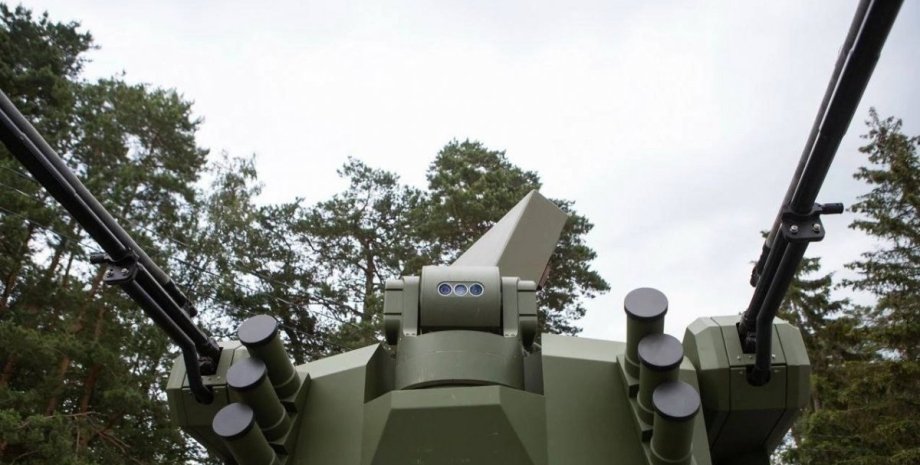
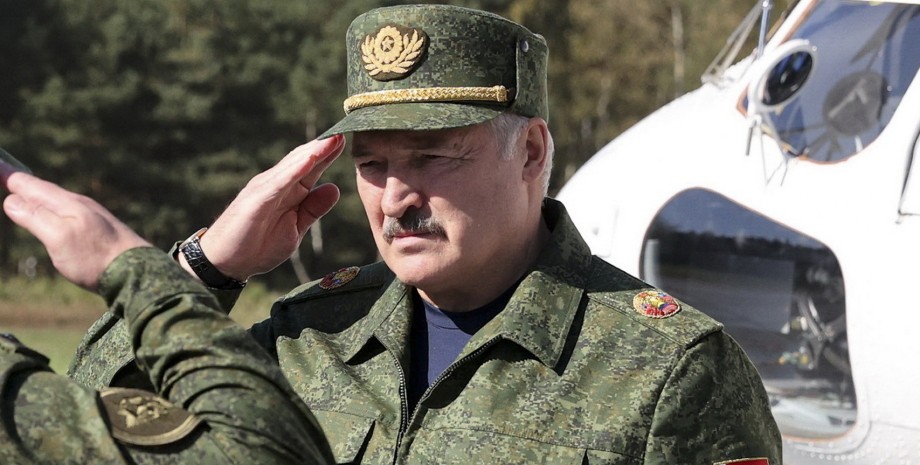
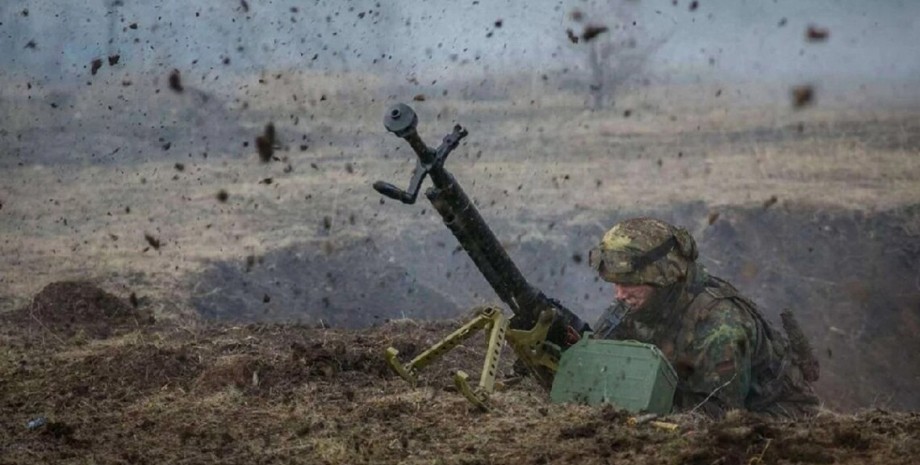

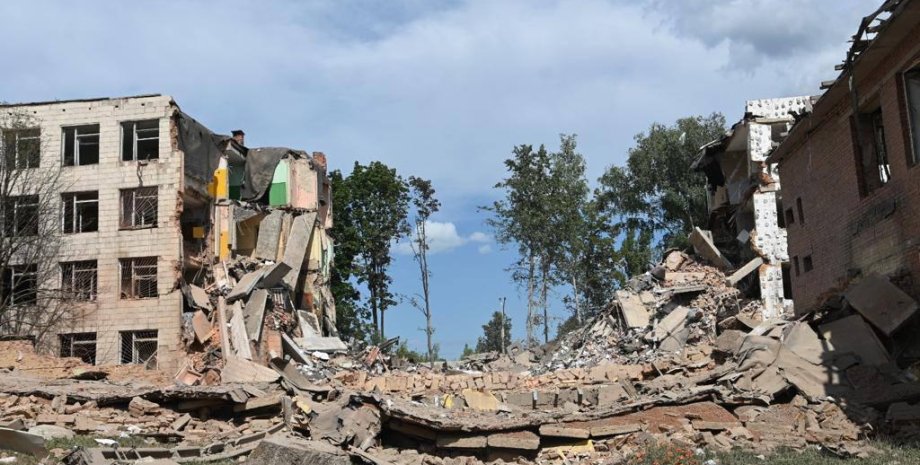
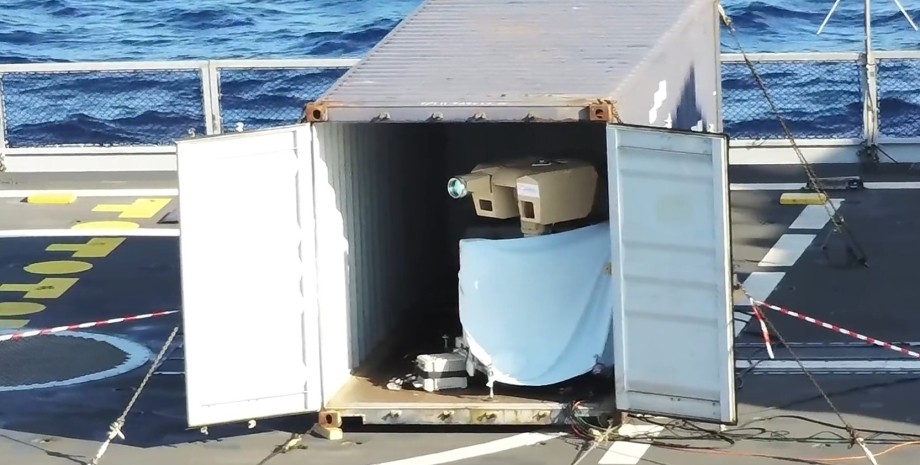
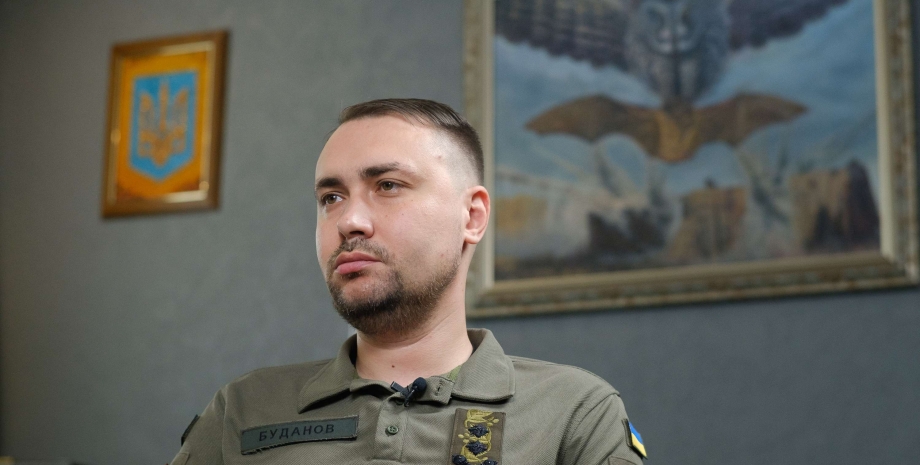
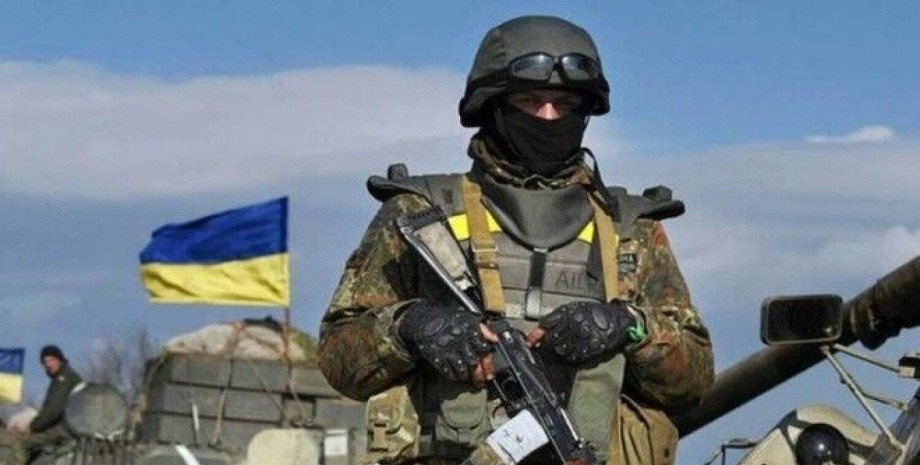
All rights reserved IN-Ukraine.info - 2022